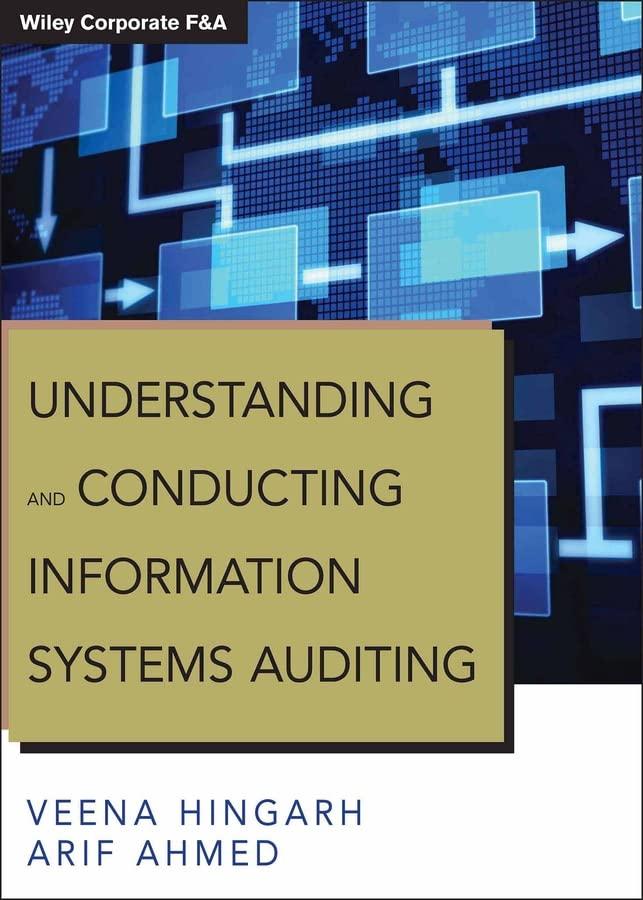7. Correcting for negative externalities-Regulation versus tradable permits Suppose the government wants to reduce the total pollution emitted by three local firms. Currently, each firm is creating 4 units of pollution in the area, for a total of 12 pollution units. If the government wants to reduce total pollution in the area to 6 units, it can choose between the following two methods: Available Methods to Reduce Pollution 1. The government sets pollution standards using regulation. 2. The government allocates tradable pollution permits. Each firm faces different costs, so reducing pollution is more difficult for some firms than others. The following table shows the cost each firm faces to eliminate each unit of pollution. For each firm, assume that the cost of reducing pollution to zero (that is, eliminating all 4 units of pollution) is prohibitively expensive. Now, imagine that two government employees propose alternative plans for reducing pollution by 6 units. Method 1: Regulation The first government employee suggests limiting pollution through regulation, To meet the pollution goal, the government requires each firm to reduce Its pollution by 2 units. Complete the following table with the total cost to each firm of reducing its pollution by 2 units. Method 2: Tradable Permits Meanwhile, the other employee proposes using a different strategy to achieve the government's goal of reducing pollution in the area from 12 units to 6 units. He suggests that the government issue two pollution permits to each firm. For each permit a firm has in its possession, it can emit 1 unit of pollution. Firms are free to trade pollution permits with one another (that is, buy and sell them) as long as both firms can agree on a price. For example, if firm X agrees to sell a permit to firm Y at an agreed-upon price, then firm Y would end up with three permits and would need to reduce its pollution by only 1 unit, while firm X would end up with only one permit and would have to reduce its pollution by 3 units. Assume the negotiation and exchange of permits are costless. Because firm Y has high pollution-reduction costs, it thinks it might be better off buying a permit from firm X and a permit from firm Z, so that it doesn't have to reduce its own pollution emissions. At which of the following prices are both firm X and firm Z willing to sell one of their permits to firm Y? Check all that apply. $95 $145 $172 $385 $651 Suppose the owners of the three firms get together and agree on a trading price of $338 per permit. Complete the following table with the action each firm will take at this permit price, the amount of pollution each firm will eliminate, and the amount it costs each firm to reduce pollution to the necessary level. If a firm purchases two permits, assume that it buys one permit from each of the other firms. (Hint: Do not include the prices paid for permits in the cost of reducing pollution.) Regulation Versus Tradable Permits Determine the total cost of eliminating six units of pollution using both methods, and enter the amounts in the following table. (Hint: You might need to get information from previous tasks to complete this table.) In this case, you can conclude that eliminating pollution is costiy to society when the government regulates each firm to eliminate a certain amount of pollution than when it allocates pollution permits that can be bought and sold









